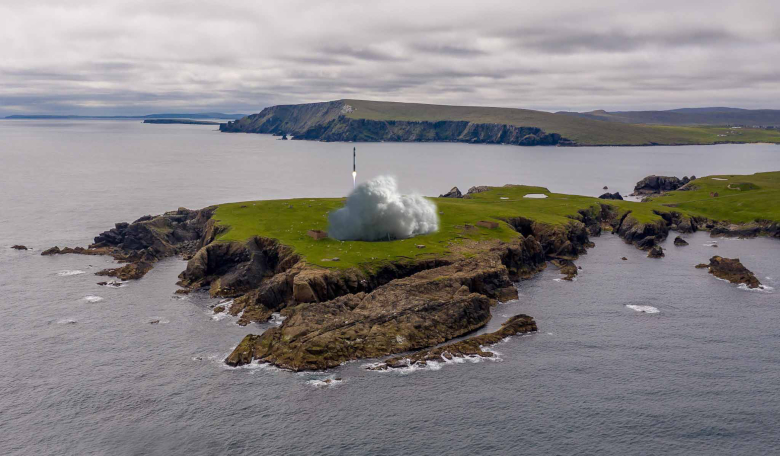The Scottish Space Leadership Council and UK Spaceport Alliance have welcomed the recent announcement of Lockheed Martin’s commitment to launch from the Shetland Space Centre. The move is set to provide Scotland and the wider UK with a broader range of launch options, helping to build a comprehensive and innovative space sector by providing the link between the already established UK satellite payload manufacture and downstream data sectors.
The announcement heralds yet another significant step forward for the UK’s spaceflight ambitions and - in parallel with ongoing developments at Space Hub Sutherland and Spaceport 1, as well as horizontal launch sites Prestwick Spaceport, Machrihanish, Llanbedr and Spaceport Cornwall - represents the UK launch sector’s rapid progress towards becoming Europe’s ‘go-to’ small satellite launch destination.
The Shetland Space Centre, a member of the Spaceports Alliance, is a vertical launch site on the northerly island of Unst. The site will take advantage of Scotland’s rugged northern coastline to provide an unimpeded launch corridor to high inclination orbits, along with the facilities required to launch small satellites into polar and sun-synchronous orbits.
“This announcement is excellent news for Shetland and the wider UK space sector,” said John Innes, Chair of the SSLC. “As well as having the potential to create many highly skilled jobs and supply chain opportunities in one of Scotland’s rural areas, it signifies a ringing endorsement of the UK’s innovative and rapidly growing space sector.”
The UK Spaceport Alliance is working collaboratively to ensure that the UK space sector achieves its full potential by securing a share of the intensely competitive international launch market, thereby bringing a wide range of opportunities for job creation and economic growth, whilst enabling technological development and fundamental research, particularly around the use of Earth observation for environmental monitoring.











